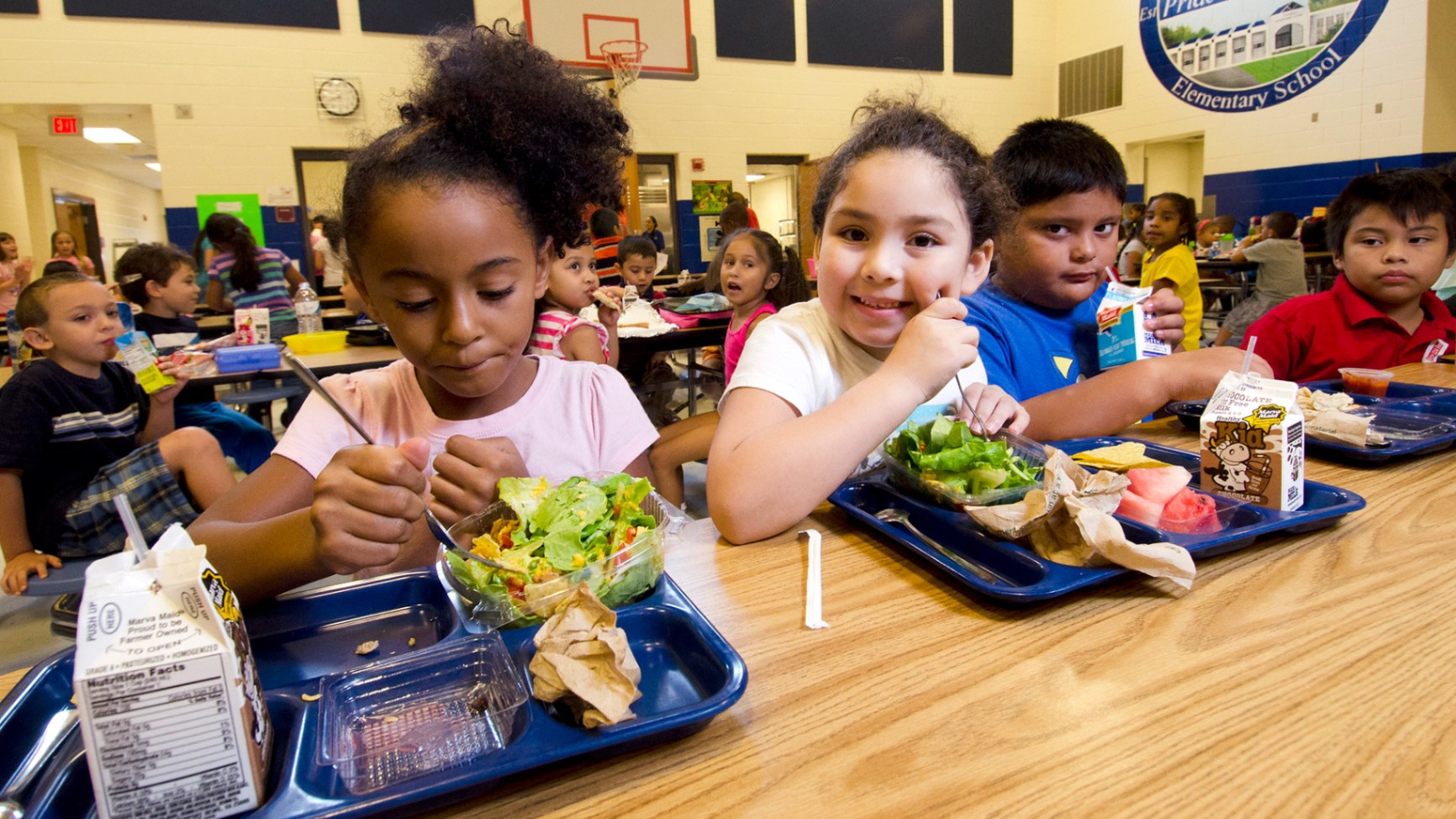In a world where the cost of education is a growing concern, Reba McEntire, the celebrated country music icon, has sparked a meaningful conversation with her recent statement: “I’d rather see all children get free school lunch than pay off grown folks’ college degrees!” This declaration resonates deeply with many. highlighting a critical debate about where societal resources should be allocated in the realm of education and social welfare.
 McEntire’s statement reflects a growing sentiment that prioritizing the immediate needs of children can have a profound impact on society’s long-term future. The issue of school lunch programs is not just a matter of convenience but of fundamental importance. For many children, school lunch is not merely a meal; it’s often their only substantial meal of the day. In numerous communities across the United States, children rely on school-provided meals to ensure they receive the necessary nutrition to support their growth, development, and academic success. The benefits of a well-nourished student extend beyond the classroom, influencing their overall well-being and future potential.
McEntire’s statement reflects a growing sentiment that prioritizing the immediate needs of children can have a profound impact on society’s long-term future. The issue of school lunch programs is not just a matter of convenience but of fundamental importance. For many children, school lunch is not merely a meal; it’s often their only substantial meal of the day. In numerous communities across the United States, children rely on school-provided meals to ensure they receive the necessary nutrition to support their growth, development, and academic success. The benefits of a well-nourished student extend beyond the classroom, influencing their overall well-being and future potential.
The argument in favor of free school lunches emphasizes the immediate and tangible impact such programs can have. By ensuring that every child has access to nutritious food, society can address issues related to food insecurity and contribute to leveling the playing field. Children from low-income families, in particular, face challenges that extend beyond financial constraints, including barriers to accessing healthy food. Providing free school lunches is a step toward reducing these disparities, enabling all students to focus on their education rather than their next meal. On the other hand, McEntire’s statement contrasts this with the current debate over college student debt. The burden of student loans is a pressing issue for many adults who are grappling with the weight of educational expenses incurred during their academic years. The growing cost of higher education has led to substantial student debt, which can significantly affect individuals’ financial stability and long-term economic prospects. The idea of using resources to alleviate this debt is appealing, as it aims to ease the financial strain on young adults and provide them with a clearer path to economic independence.
On the other hand, McEntire’s statement contrasts this with the current debate over college student debt. The burden of student loans is a pressing issue for many adults who are grappling with the weight of educational expenses incurred during their academic years. The growing cost of higher education has led to substantial student debt, which can significantly affect individuals’ financial stability and long-term economic prospects. The idea of using resources to alleviate this debt is appealing, as it aims to ease the financial strain on young adults and provide them with a clearer path to economic independence.
However, McEntire’s perspective challenges the notion of prioritizing debt relief for adults over the immediate needs of children. Her stance implies a preference for addressing fundamental needs at the grassroots level rather than focusing resources on alleviating the financial burdens of those who have already had the opportunity to pursue higher education. This viewpoint underscores a broader debate about the allocation of resources and the role of government and societal support systems in addressing educational and economic disparities.The tension between these two priorities highlights the complexity of resource distribution in a society that must balance immediate needs with long-term investments. While addressing student loan debt is crucial for supporting the next generation of workers and innovators, McEntire’s argument suggests that focusing on the needs of current students-particularly those who are most vulnerable-might yield more immediate and widespread benefits.

Ultimately, McEntire’s statement invites us to reflect on our values and priorities as a society. Should we invest in immediate solutions that support the well-being of children and ensure their basic needs are met? Or should we prioritize long-term solutions that aim to alleviate the financial burdens of those who have already benefited from educational opportunities?In the end, McEntire’s bold assertion serves as a powerful reminder of the importance of addressing foundational issues. By ensuring that every child has access to free school lunches, we can foster a more equitable educational environment and build a stronger, more resilient future generation. While the debate over resource allocation will continue, McEntire’s perspective offers a valuable lens through which we can consider the most effective ways to support both current and future generations.





